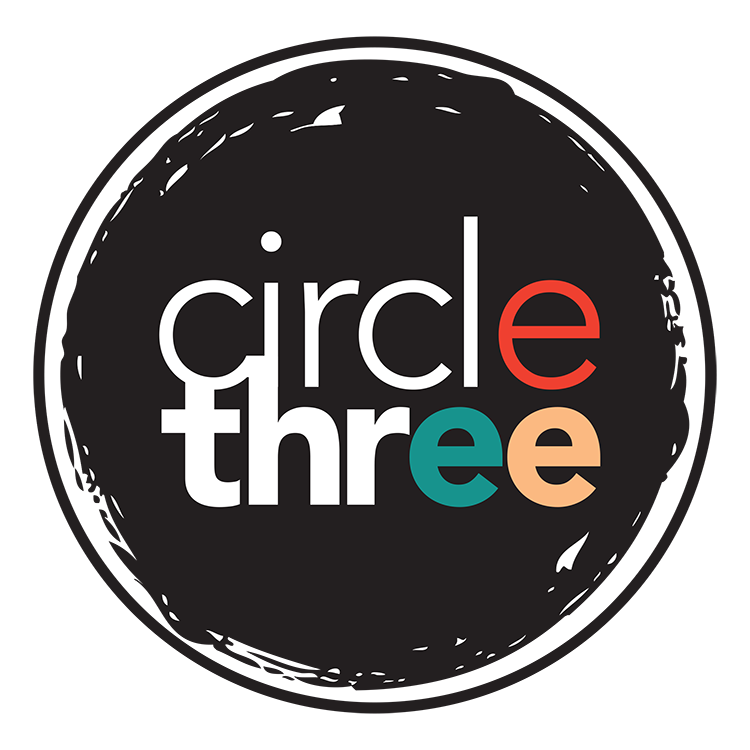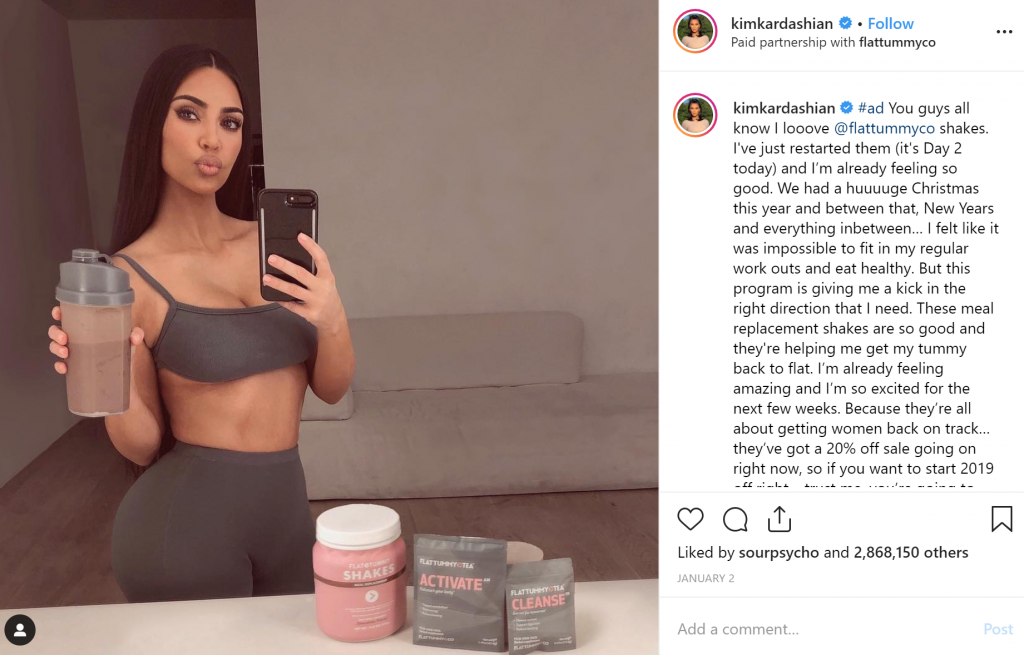Do you ever look to experts to weigh in on products you might try? If you are interested in fitness, you might follow some expert trainers for tips and advice. Occasionally, you might see them posting about a protein powder they are in love with or their new favorite brand of workout clothes. If they have been paid to have this relationship with this brand (either through actual fees or products and services for their personal use), you are looking at influencer marketing. Influencers are trusted figures in niche communities that typically have very loyal followings. Relevant brands collaborate with these influencers to introduce their product to a new market and leverage the power of the influencer’s media reach.
The concept is simple: if someone you admire trusts a product, you are likely to trust it, too. The product or service has both been vetted by the influencer and made to look stylish and desirable. This can be an incredibly lucrative arrangement for both the brand and the influencer. Content generated by an influencer is trusted significantly more than an ad or a post made by the brand itself—plus, the use of ad blockers means that traditional digital ads just are not seen.
If you are convinced influencer marketing is uniquely a digital-era trend: think again. Consider the pillbox hat and Chanel suit craze during the Jacquelin Kennedy Onassis years or the way Burt Reynolds made a Pontiac Trans Am the must-have vehicle for anyone looking to live a roguish lifestyle. Influencers have been around for generations, but the way they connect with their audience is faster and more targeted now.
Engaging with Influencers
To get started, outline some of your requirements for this marketing campaign. Having some ideas sketched out that will make negotiations with your influencer—or even finding the right one—easier. Do you need one post, or several spaced out over a certain period of time? Will your influencer be personally responding to comments made on each post? Will you need them to appear in-person for a video or photoshoot? Which media platforms would you like for this to be posted—and do you want the right to repurpose whatever content they create?
When you have some goals and concepts ready, reach out to your potential influencer to explore their openness to the idea and get a feel for what this relationship could be. Remember that the service you want to market is probably unlike anything your local influencer has worked with before and that it might seem a little strange to them. Help them to understand the environmental impacts proper waste and recycling techniques have and phrase things in terms of ecological benefits: going “green” is trendy!
An experienced influencer may already have rates for sponsored posts, but you may find yourself in the position to set a price for the influencer. $250 per post is a fair rate to pay someone with fewer than 50,000 followers. For each additional 100,000 followers, add $1,000 per post to that rate. If you plan to work with someone with exceptional reach or celebrity, you can expect that price to increase significantly.
Finding the Right Influencer
Determine who your targeted customers are and use that group as a starting point to find the voices in your community. Who do your desired customers follow and what digital channels do they use? These influencers may be community organizers, local celebrities or strong voices who have built a following for themselves over the years. You may find options in people who support eco-friendly lifestyles—which means an audience that is eager to learn more and do better with their waste and recycling habits—but you can still do well with an influencer who is not directly related to the industry. His or her inexperience in the waste world will provide you with a relatively clean slate to establish some good habits amongst both the influencer and the audience. If you do choose someone who is unfamiliar with waste and recycling, be hands-on in guiding their creative process to ensure the correct information is published.
Finally, look for ways to track the success of your influencer campaign. A good influencer should provide you with the social metrics, but that is not all you need to know. Unless you are deploying this tactic to solely educate the public, you are going to want to know how the campaign increases your sales or subscriptions to services. To keep track of that, you may want to develop a promo code for the influencer to provide to his or her audience or a dedicated landing page that he or she can refer them to. Your strategy may vary, but the point is to be able to easily and distinctly track the leads that come through your influencer campaign.
A good influencer will amplify your brand’s voice far beyond your own followers by leveraging the power of the influencer’s audience. Be strategic in who you choose to partner with, develop posts that make sense for both your brand and the influencer’s personal brand, and be sure to track your growth.
This article was written by Jessica Shrout for the September 2019 issue of Waste Advantage Magazine.

